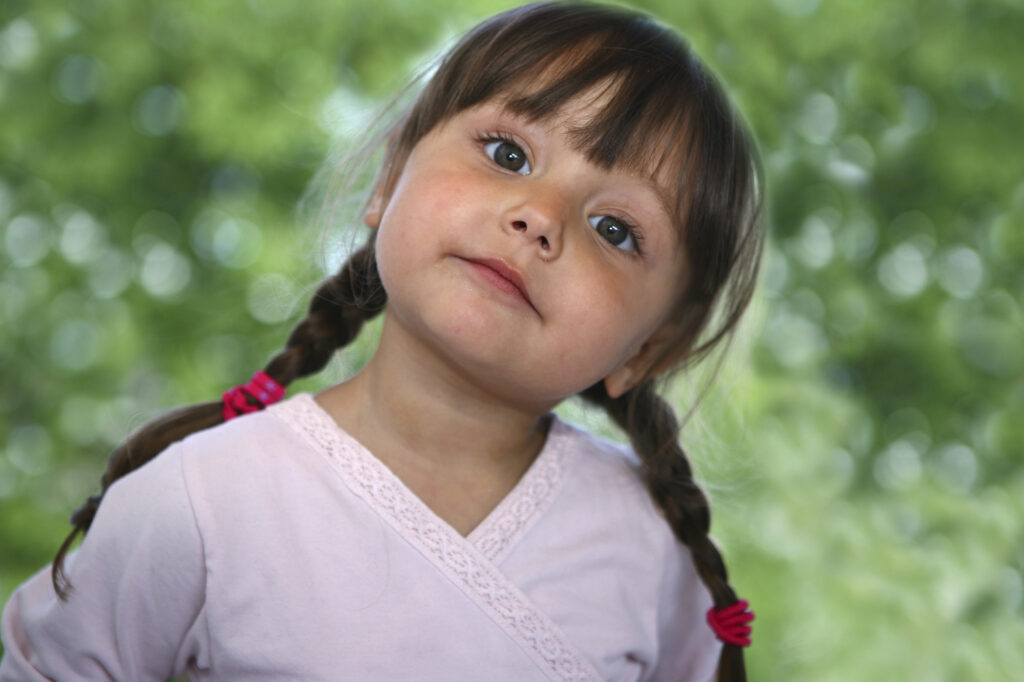The holidays are upon us and with this time of year comes opportunity to spend time with family and friends, giving to those in need, and traditions rich with fond memories and cultural celebrations.
Minnesota is home to a diverse cultural population and HealthStar Home Health is proud to serve families in many of these cultures. We often see families passing on holiday traditions to the next generation. Here are some of the cultures we work with and a little about their traditions.
The Hmong New Year is a huge celebration in the Hmong community with many family members traveling to be part of the extravagant festivities. St. Paul, Minnesota plays host to the New Year celebration which typically lasts up to 5 days and includes sports tournaments, pageants, and other contests or forms of entertainment, along with feasts of delicious traditional Hmong food. Historically, the Hmong New Year was celebrated to give thanks to ancestors and spirits as well as to welcome a new beginning. Although there are no dress code requirements, many Hmong Americans choose to wear traditional Hmong clothing during this time. The Hmong New Year celebration typically occurs late November to early December, which is the end of the rice harvesting season when all their work is done and serves as a Thanksgiving holiday for the Hmong people.
Minneapolis and St. Paul are home to thriving Latino communities. According to the Minnesota Historical Society, Catholicism plays an important role in the daily lives of Latinos and many Latino homes include an altar for prayer with statues of saints. The parish church is the center of the Latino community. Some of Latin America’s most recognized traditions are associated with this time of year. Parents use this opportunity to develop their children’s cultural identity and spend time with family by sharing these holiday traditions. One important Mexican festival is the Las Posadas, which is a nine-day event commemorating the journey of Mary and Joseph before the birth of Jesus on Christmas day. Often, there are reenactments and processions at church or in their homes to celebrate this with their family and community.
The most popular Russian holiday is their New Year celebration, which leads into the Orthodox Christmas celebration. The Russian New Year holiday is traditionally a 5-day non-working holiday from January 1 through January 5. Traditionally there is a decorated New Year tree and the Russian children believe in the mythical Grandfather Frost. Much like Santa Claus, Grandfather Frost is a beloved character who wears a long blue or red coat with a matching hat, and carries gifts in a large sack on his back. Grandfather Frost also carries a magical staff that has the power to freeze everything around him. Many attend New Year’s parties where it is customary to dress up in costume and children memorize a poem or song to recite for Grandfather Frost in exchange for a small gift. There is plenty of traditional Russian food and drink to share with family and friends.
Pow Wows are a time to put aside differences and focus on celebrating life and traditions. The Ojibwe Native Americans celebrate many different traditions, but the most well-know may be the Pow Wow celebration. This is a time when they come together to celebrate their history and religion using various art forms, such as dance, music, and art. The drum is the main focus of the Pow Wow. Made of wood and hide, approximately three feet in diameter, its circular shape represents the circle of life. The drum is a very sacred object, made only for sacred use, and before the Pow Wow drum can be pounded or used in a ceremony it must be blessed by an elder. Thru the drum, the Ojibwe are reminded of their connection to Mother Earth. Selling or trading arts, feasting on traditional foods, song, and dance are all very important aspects of a Pow Wow.
HealthStar Home Health offers culturally-relevant services that address the unique needs of our Minnesota, Arizona and New Mexico populations. We promote independence and self-sufficiency by empowering patients and their families to be active participants in the provision of care. Using culturally-sensitive approaches, HealthStar Home Health offer our clients a wide variety of services in home health care, community based care, mental health, and personal care assistance with focused sensitivity to economic factors and health beliefs. Call HealthStar Home Health today at 888-689-3391 for more information or to schedule a no-charge consultation to discuss the many services we can customize to your needs.

